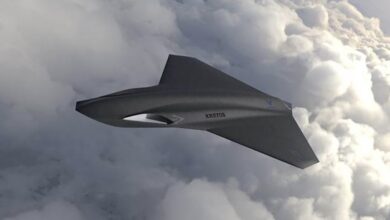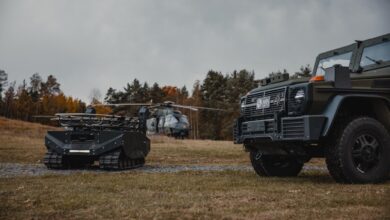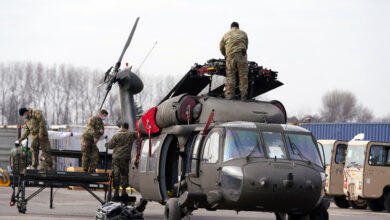USAF Evaluates Electric Vertical-Lift Aircraft in Medical Evacuation
The US Air Force (USAF) has tested an electric vertical takeoff and landing (eVTOL) aircraft for the first time, the service revealed in a statement.
Under the USAF’s AFWERX Agility Prime program, a joint team made up of government and industry leaders evaluated the aircraft.
California-based electric personal air vehicle manufacturer Kitty Hawk deployed its Heaviside aircraft for the exercise, which comprised tasks such as medical evacuation, personnel recovery, and logistics, the statement added.
Capable of Remote and Autonomous Flying
During the exercise, Heaviside demonstrated remote and autonomous flying capabilities.
“The world is going to need new modes of transportation and Heaviside is one path to getting us there,” said Sebastian Thrun, Kitty Hawk CEO.
“We are excited to be working with Agility Prime and look forward to our continued collaboration as we bring eVTOLs to more people.”
The exercise, “threw up a rich catalog of data to inform dual-use utility at the prototype stage that will inform future developmental and fielding decisions.”

Fuel-Efficient and Agile
The aircraft is a hundred times quieter than a regular helicopter and consumes half the amount of electricity of an electric car, the statement revealed, adding that its flying range is 100 miles (162 km) on a single charge plus reserve.
Moreover, Heaviside is designed to take off from a space of 30*30 feet (9*9 meters) and can fly at a speed of up to 180 miles (129 kilometers) per hour.
“This collaborative commercial/Department of Defense use-case exploration revealed common attributes that serve both urban air mobility and search and rescue operations,” said Col. Don Haley, Commander of Air Education and Training.
Haley explained the many positives of the electric aircraft: “High reliability, responsive launch & recovery, minimal logistical footprint, accessibility for mobility-challenged, low acoustic signature, and high levels of autonomy.”












